Blueprint Unreal Engine Free Assets
- Please Login To Purchase.
Showing 61–90 of 1617 results
-

Daily Rewards
1.00UE -
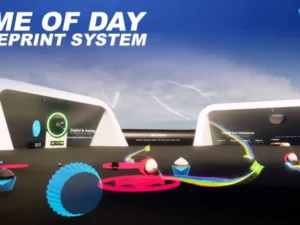
Time Of Day System
1.00UE -

Dynamic Crosshair Widget
1.00UE -

Survival Crafting Stations
1.00UE -
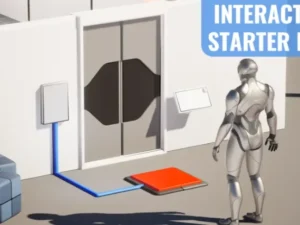
Interaction System Starter Pack
1.00UE -

Advanced Light Pack
1.00UE -
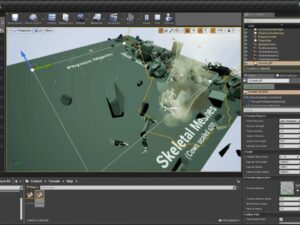
Tornado Blueprint
1.00UE -

Modular Building System
1.00UE -
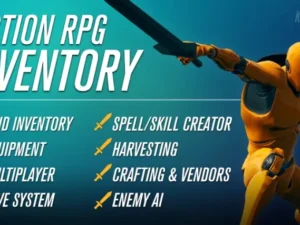
Action Rpg Multiplayer Starter Template
1.00UE -

Weapon Master Vr
1.00UE -
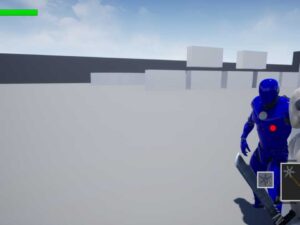
Stealth Ninja Game Mechanics
1.00UE -

Starsphere
1.00UE -

Instant Photorealism Bp Ultimate Post Process For Scanned Assets
1.00UE -
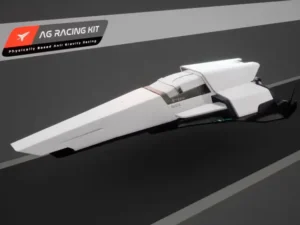
Anti Gravity Racing Kit
1.00UE -

Type A Star Fighter With Cockpit And Arcade Flight
1.00UE -
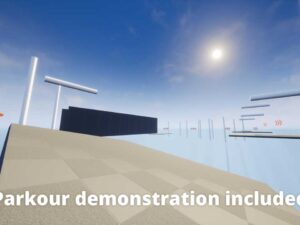
Rope Swing Gun
1.00UE -
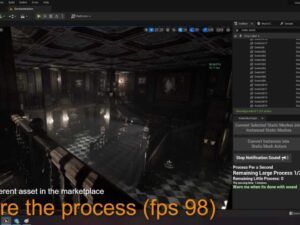
Fps Booster Static Mesh Optimizer
1.00UE -

Driveable Vehicle Seaplane
1.00UE -

Multiplayer Starter Pack
1.00UE -

Prop Hunt Multiplayer Blueprint Game Template Hide And Seek By Kekdot
1.00UE -

Draw System
1.00UE -
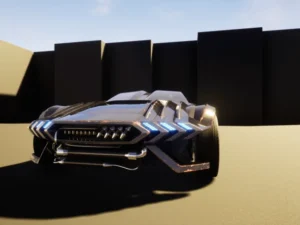
Cyberpunk Car Steagan
1.00UE -

Hyper Interactive Foliage V2
1.00UE -
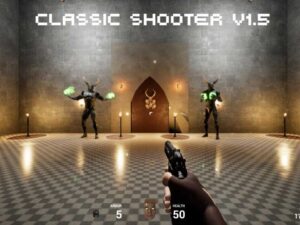
Classic Shooter
1.00UE -

Buff System
1.00UE -
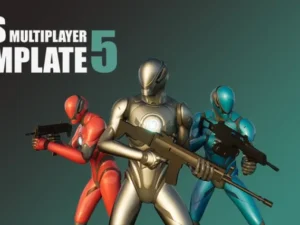
Fps Multiplayer Template 5
1.00UE -
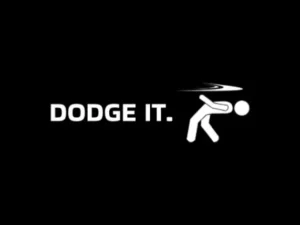
Dodge It Component
1.00UE -
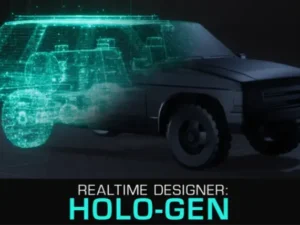
Holo Gen Hologram Creator System
1.00UE -

Modular Offroad Cars
1.00UE -

Physical Interaction System
1.00UE
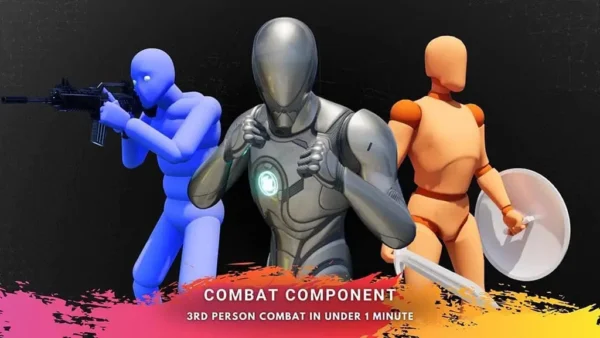
Blueprint Unreal Engine Free Assets
Blueprint Unreal Engine Free Assets. Discover top for your game dev needs. Download high-quality, ready-to-use assets to speed up your workflow!
Blueprint Unreal Engine Free Assets: A Portal to Limitless Possibility
In a virtual realm shaped by light, physics, and pixels, there exists a phenomenon that defies the traditional boundaries of game development: Blueprint Unreal Engine Free Assets. At first glance, they might seem like a generous stash of digital handouts—bits of code, prebuilt systems, interactive logic wrapped in a neat package. But in reality, they are fragments of infinite worlds, tiny universes coiled tightly into reusable code that waits only to be awakened.
To the experienced developer, these assets are lifelines in the turbulent ocean of deadlines. Blueprint Unreal Engine Free Assets To the hobbyist, they are treasure maps. And to the dreamers—those who peer into the glow of the viewport and imagine castles in space or forests where trees whisper secrets—they are tools of imagination made tangible. They don’t just solve problems; they unlock new problems worth solving.
Blueprints in Unreal Engine aren't merely nodes and wires. They are languages of motion, intent, and cause-effect. And when those Blueprints come bundled as free assets, downloadable and malleable, they become the democratization of power in a world once ruled by code elitism.
There was once a time when scripting meant memorizing syntax, parsing compilers, and tracing semicolons like breadcrumbs in the forest of bugs. But with Blueprints, logic became visual. Ideas flowed like water from the brain to the screen, no longer filtered by the rigidity of textual languages. Blueprint Unreal Engine Free Assets Free assets took that a step further—they became not just ways to speak the language but pre-written poetry you could rearrange into your own.
Imagine opening a project and dragging in a fully functional day-and-night cycle system. The sun arcs gracefully across the sky, clouds change their density, ambient lights shift hues, and shadows stretch or shrink with elegance. You didn’t write a single line of code. You merely summoned the rhythm of time, borrowed from someone generous enough to release it for free.
One developer, halfway across the world, builds a dynamic dialogue system with branching choices, timed responses, and emotional tone detection. They package it, polish the Blueprints, document the logic, and release it to the community. Another developer, somewhere else entirely, downloads that system and plugs it into a futuristic detective game where the suspects lie with digital charm. And in that moment, two visions converge—not through contracts or business deals, but through shared creation and the open exchange of tools.
There are Blueprint assets that simulate weather, complete with volumetric fog that dances in moonlight. Others give you parkour mechanics—wall-running, ledge-grabbing, acrobatic vaulting, and even slow-motion air flips. Someone created a procedural dungeon generator that carves pathways beneath fantasy landscapes, complete with loot chests and ambush triggers. Another person offers a stealth AI behavior tree, complete with cover-seeking logic and vision cones that obey line-of-sight algorithms.
And these are free.
There’s something beautifully chaotic about this ecosystem. One developer’s discarded prototype becomes another’s gold mine. A broken magic system meant for a wizard duel game ends up as the core mechanic in a cyberpunk rhythm brawler. A modular inventory system with drag-and-drop grids becomes the backbone of a survival horror title, complete with inventory tetris and eerie sound effects. The origin of the asset no longer matters; what it becomes is up to you.
This isn't about shortcuts. It’s about evolution. You don't use free Blueprint assets to avoid work; you use them to multiply it. They allow you to stop reinventing the wheel and start designing the vehicle of your own madness. Blueprint Unreal Engine Free Assets Because once the fundamentals are taken care of—once your character moves, your doors open, your UI updates dynamically—you can obsess over the details that make your world yours.
In the corners of indie development forums, you'll find threads dedicated to swapping these resources. Developers trading tips on tweaking an enemy AI’s aggression curve or customizing a lockpicking system they found on GitHub. Not all of these assets live on official marketplaces. Some reside on obscure Itch.io pages, forgotten corners of forums, or Discord channels where creativity is currency. Some are full systems. Some are small—like a Blueprint that makes a bird fly in loops or another that creates a ripple on water when touched by a character’s foot. Seemingly trivial, yet deeply powerful when used right.
And the real magic happens when these assets collide.
A flight mechanic merges with a procedural city generator. Suddenly, you’re soaring between dynamically generated skyscrapers, dodging randomly patrolling drones, all built from systems that were once completely unrelated. This is where Blueprint assets transcend their own design—where modularity becomes poetry, and the seams between authors vanish in the tapestry of a living world.
But like all power, this too demands respect.
Free doesn’t mean frictionless. Blueprint assets, though powerful, can become tangled webs when misused. Blueprint Unreal Engine Free Assets Systems clash, event dispatchers scream in conflict, variables overlap, and what began as plug-and-play ends in bug hunts worthy of a digital safari. The responsibility to understand what you integrate becomes paramount. It’s not enough to download; you must learn, adapt, and sometimes rebuild.
Still, the reward is worth it.
Blueprint Unreal Engine Free Assets allow small teams to punch above their weight. A two-person crew can now build a game that would have required a team of twenty five years ago. They can prototype, playtest, refine—and do it all within a timeframe that once seemed impossible. Game jams have transformed from code-fueled crunches into creative showcases, thanks to these prebuilt mechanics. In forty-eight hours, someone might release a game with branching dialogue, dynamic music, destructible environments, and enemy AI—all stitched together with free Blueprints.
Even beyond games, these assets power virtual production studios. A Blueprint that handles camera cuts and actor tracking might be used on a film set to simulate cinematic sequences in real time. A virtual tour of a museum uses Blueprints to animate exhibits, change lighting based on time of day, and track user movement for analytics. The same Blueprint used for spawning enemies can spawn artworks, context-sensitive voice lines, or educational overlays.
Some assets come with extensive documentation. Blueprint Unreal Engine Free Assets Others are mysteries. You open the Blueprint editor and descend into a labyrinth of macros and custom events, wondering what the original developer was thinking. You reverse-engineer their intentions, tweak the parameters, break things, fix them, and emerge with something new—something that’s now yours.
There’s also a philosophical edge to this movement. The idea that code, logic, and design should be shared resonates with the same ethos behind open-source software. It’s about knowledge. About growth. About creating a foundation others can stand on. Every free asset released is a signal: “Here, I made this. Take it, break it, make it yours.”
And not all assets come from seasoned veterans. Some are made by students. Some by teenagers learning Unreal in their bedrooms. But whether elegant or messy, these Blueprints reflect real learning, real ambition. They carry within them the DNA of experimentation, and sometimes, that’s more valuable than polished perfection.
There is something almost alchemical about combining these systems. Blueprint Unreal Engine Free Assets You take a weather Blueprint made by a Norwegian developer in 2021, a teleportation mechanic coded by a Brazilian hobbyist in 2023, and an ambient sound manager released on a South Korean blog last month—and you build a sci-fi cathedral where each room shifts in weather, location, and soundscape based on the player’s mood.
That’s not just development. That’s art.
And when it all works—when the Blueprints hum in harmony, when the performance holds steady, when the playtesters gasp at the experience—you realize something profound: you didn’t just build a game. You orchestrated a symphony of shared ideas. You stood on the shoulders of digital giants and left your own imprint in the layers of code.
In the end, Blueprint Unreal Engine Free Assets are more than tools. They are seeds. Each one contains not just logic, but possibility. And with enough vision, patience, and a willingness to explore, you can grow entire worlds from them. Blueprint Unreal Engine Free Assets
So the next time you open Unreal Engine and stare at the blank canvas of a new project, remember this: there are thousands of developers out there who have built small parts of your dream without knowing you. Their Blueprints are waiting—free, functional, and full of potential. All you have to do is reach out, connect the wires, and let your imagination take control.
